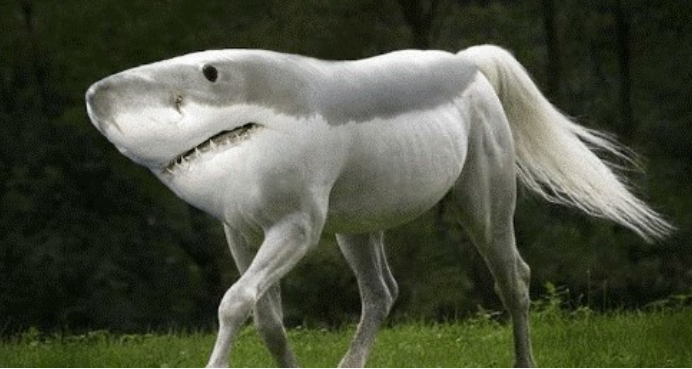Kristallnacht, or simply Pogromnacht, occurred 80 years ago on November 9-10, 1938. The Pogrom was…
What asexual reproduction can tell us about investing

What does the reproductive strategy of the water flea tell us about investing? Reproduction without sex doesn’t sound like too much fun to our human ears, yet it’s a strategy that has worked for billions of years for many organisms. Asexual reproduction is faster and more energy efficient than the sexual variety. After all, there is no need to find a partner to create the next generation.
Much to the financial benefit of florists and restaurateurs, evolution is not just a game of sheer quantity. A homogeneous population has its own dangers including being a prime target for parasites or predators.
Steven Johnson, in “Where Good Ideas Come From” writes about the Daphnia, a tiny crustacean that lives in freshwater ponds and swamps. Under normal conditions, Daphnias asexually reproduce a brood of identical copies. In summer months, Daphnias are abundant. But when there are abnormally long winters, they produce males and then switch to reproducing sexually. Evidently, the sturdier eggs are more capable of surviving long winter months.
Similar to the Daphnia, good investors recognize that the biological innovation strategy of heterogamy is the best way to survive a world with scarcity, complexity, uncertainty, and volatility.



